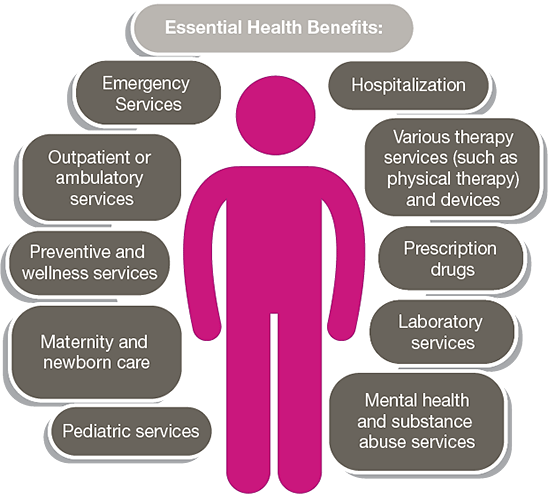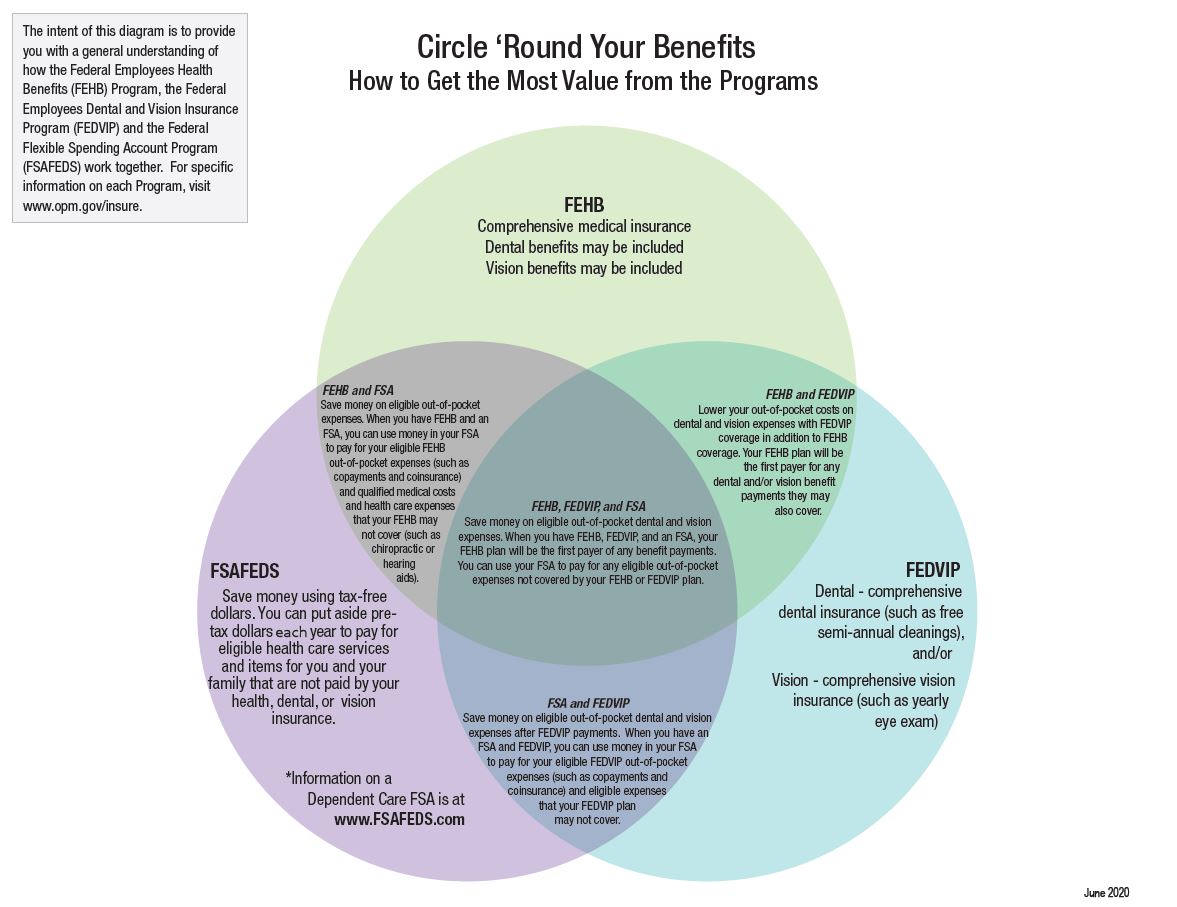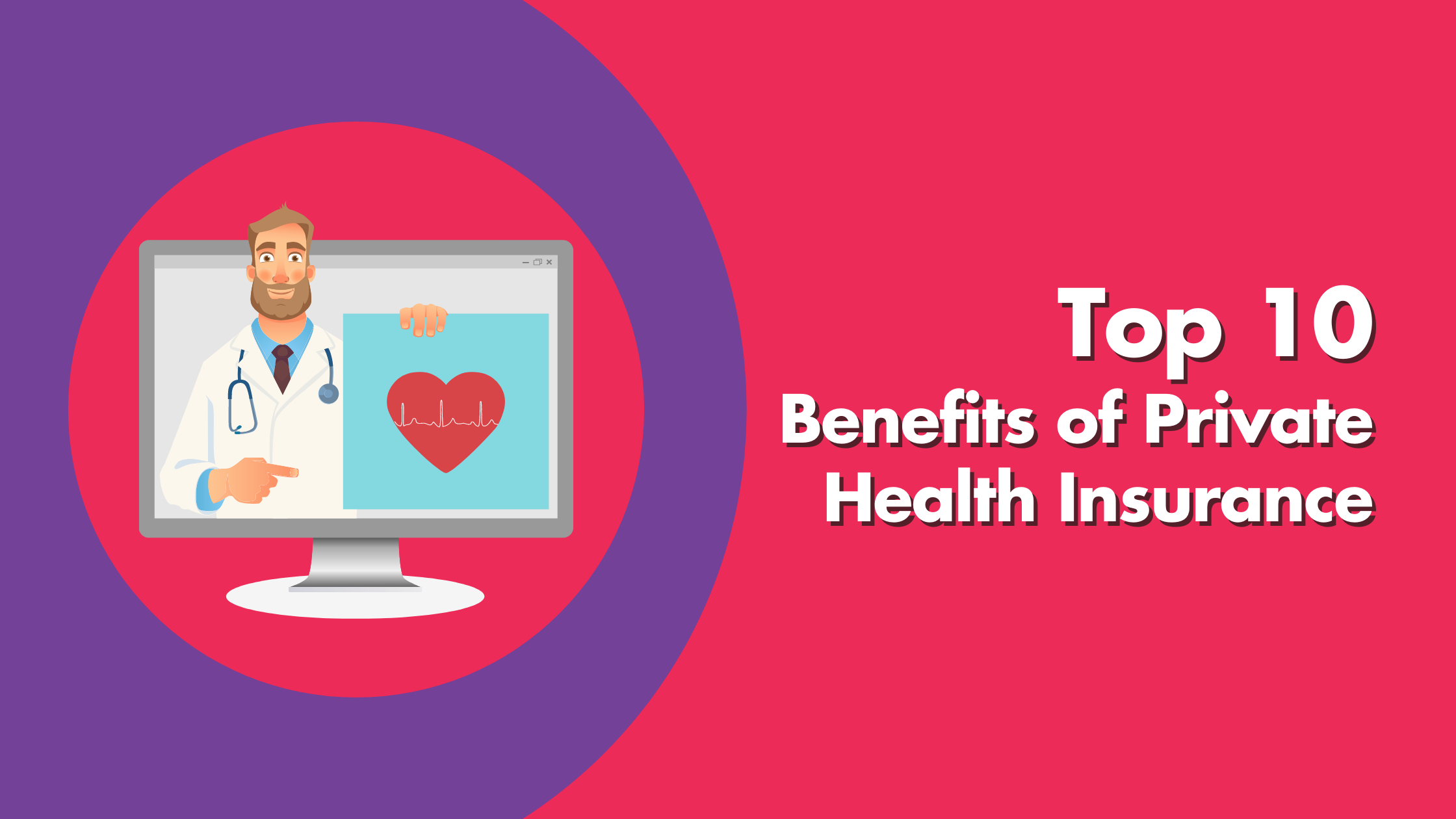The Single Strategy To Use For Medicare Advantage Agent
The Single Strategy To Use For Medicare Advantage Agent
Blog Article
All About Medicare Advantage Agent
Table of ContentsMedicare Advantage Agent for BeginnersSome Ideas on Medicare Advantage Agent You Need To KnowSome Ideas on Medicare Advantage Agent You Should Know

follows from complies with the puzzling young reasonably profile of account uninsured with the better healthMuch better wellness average, of younger persons. For those without access to work environment health and wellness insurance coverage, poor health is a prospective barrier to purchasing nongroup insurance coverage due to the fact that such coverage might be extremely priced, exclude pre-existing conditions, or be merely unavailable. Unless or else noted, nationwide quotes of individuals without wellness insurance and percentages of the population with various kinds of insurance coverage are based on the CPS, the most commonly made use of source of estimates of insurance policy coverage and uninsurance prices.

Medicare Advantage Agent Fundamentals Explained
Over a three-year duration starting early in 1993, 72 million people, 29 percent of the united state population, lacked coverage for at the very least one month. Within a single year(1994), 53 million people experienced at the very least a month without insurance coverage(Bennefield, 1998a). 6 out of every ten without insurance adults are themselves utilized. Functioning does boost the likelihood that one and one's family participants will have insurance, it is not a guarantee. Even members of households with 2 permanent wage earners have practically a one-in-ten opportunity of being without insurance (9.1 percent uninsured rate)(Hoffman and Pohl, 2000 ). The connection in between wellness insurance and access to care is well developed, as recorded later on in this phase. Although the partnership in between wellness insurance and health and wellness results is neither straight neither easy, a considerable medical and wellness solutions research study literary works web links medical insurance protection
to improved access to care, much better top quality, and boosted personal and population health status. The second report, on individual health and wellness results for uninsured grownups, is represented by the innermost circle of the number, while the third record, on family wellness, encompasses the subjects of the 2nd record however highlights a various system of evaluation, namely, the family. The 6th report in the series will certainly offer info about approaches and initiatives embarked on locally, statewide, or country wide to resolve the absence of insurance and its negative impacts. Degrees of evaluation for examining the effects of uninsurance. This conversation of medical insurance protection concentrates mainly on the U.S. population under age 65 since practically all Americans 65 and older have Medicare or various other public insurance coverage.
Moreover, it focuses specifically on those with no medical insurance for any size of time. The problems dealt with by the underinsured remain in some aspects comparable to those encountered by the uninsured, although they are generally less extreme. Uninsurance and underinsurance, nevertheless, involve definitely various plan issues, and the approaches for resolving them may differ. Throughout this research study and the 5 records to follow, the major emphasis is on persons without any health and wellness insurance and hence no aid in paying for healthcare past what is available through charity and safety and security net institutions. Medical insurance is an effective variable influencing invoice of care because both individuals and physicians respond to the out-of-pocket price of solutions. Medical insurance, nevertheless, is neither essential nor enough to gain access to medical services. The independent and direct impact of health
insurance insurance policy protection access accessibility health health and wellness solutions well established. Others will obtain the wellness treatment they need also without medical insurance, by spending for it out of pocket or seeking it from suppliers that use treatment complimentary or at highly subsidized prices. For still others, wellness insurance coverage alone does not guarantee receipt of treatment due to other nonfinancial barriers, such as a lack of wellness treatment service providers in their community, minimal accessibility to transport, illiteracy, or linguistic and social differences. Official research study about without insurance populaces in the United States dates to the late 1920s and early 1930s when the Committee on the Cost of Healthcare created a collection of records about financing medical professional workplace sees and hospital stays. This issue became prominent as the numbers of clinically indigent climbed up during the Great Depression. Empirical researches constantly support the web link between accessibility to care and boosted wellness outcomes(Bindman et al., 1995; Starfield, 1995 ). Having a regular source of care can be taken into consideration a predictor of access, as opposed to a direct procedure of it, when health and wellness results are themselves utilized as access indications. This extension of the idea of accessibility measurement was made by the IOM Committee on Keeping An Eye On Gain Access To to Personal Health And Wellness Care Provider(Millman, 1993, p. Whether parents are guaranteed appears to impact whether or not their children get treatment as well as just how much careeven if the children themselves have coverage(Hanson, 1998). The health of moms and dads can influence their capacity to care for their kids and the degree of household tension. Bothering with their youngsters's accessibility to care is itself a source of stress and anxiety for parents. 3 phases follow in this record. Chapter 2 provides a summary of how employment-based health and wellness insurance, public programs and private insurance coverage run and engage to provide considerable yet incomplete insurance coverage of the U.S. population. This consists of a testimonial of historical trends and see it here public laws impacting both public and exclusive insurance coverage, a discussion of the interactions among the various sorts of insurance policy, and an assessment of why people move from one program to one more or wind up

Report this page